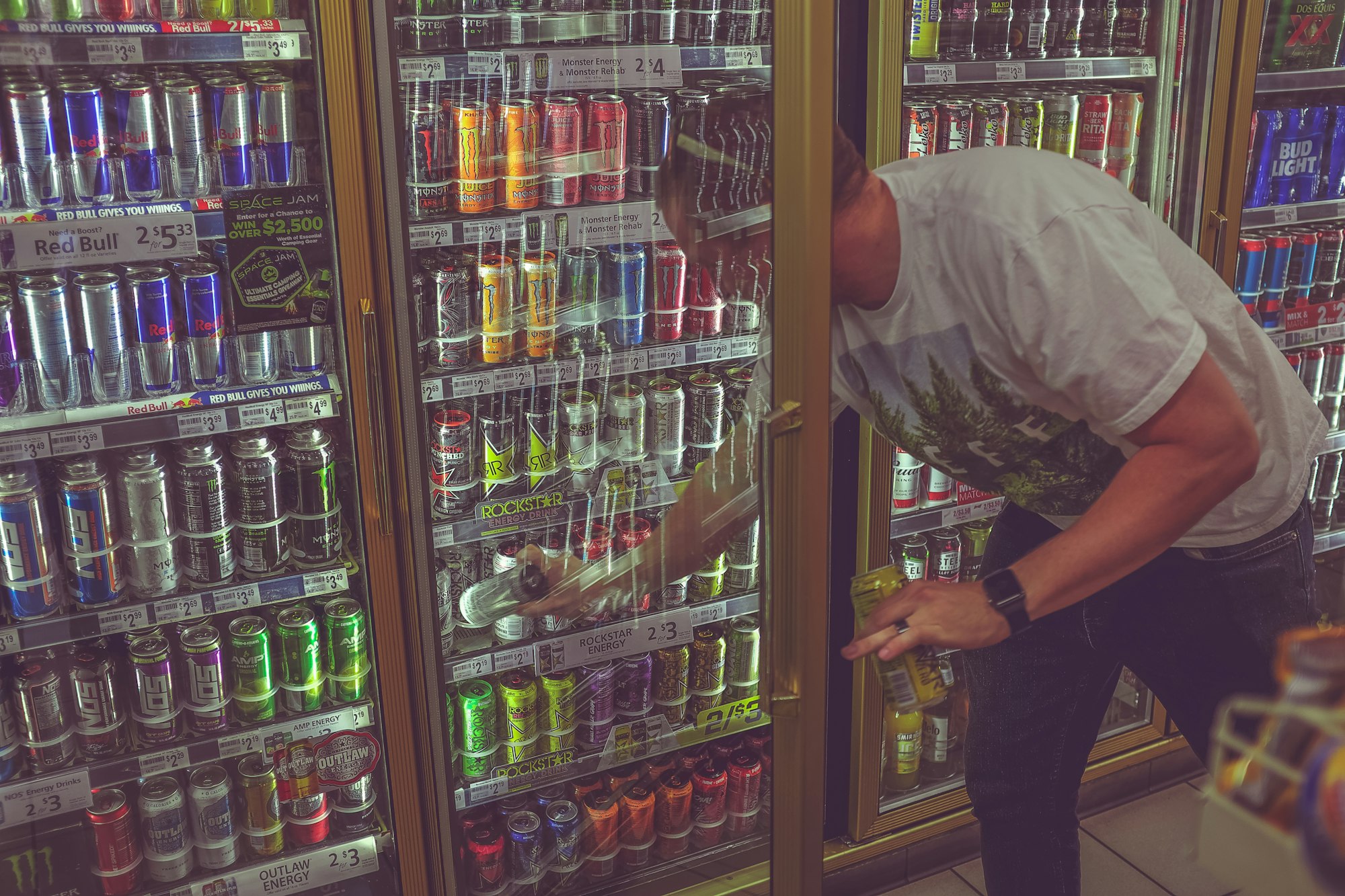Caffeine is the most prolific psychoactive drug in existence. Over 90% of the adult population regularly consumes the plant-based molecule. I have had a tumultuous relationship with caffeine: ranging from periods of intense addiction to total abstinence. This post aims to clarify and optimize my usage of caffeine moving forward. In fact, as I write this, I have no idea what I will conclude: to use or not to use. I hope that by explicating my thought process you too can make a more intentional decision about caffeine’s role in your life.
How It Started
My unconscious fascination with caffeine started very early in childhood. I say unconscious because unbeknownst to me I had been ingesting caffeine in common foods: primarily chocolate and soda. Parents typically blame children’s excessive energy associated with the consumption of these foods on sugar rushes. While sugar has some responsibility, caffeine contributes quite significantly as well. Think about it. A 200lb adult who consumes 100mg of caffeine should feel a jolt. A 50lb child will feel that 100mg with much greater intensity. Sugar and caffeine are impressive reinforcers, so kids (and some adults) will continue to crave these foods and often binge on them if not for parental oversight.
I remember pounding sodas straight to the dome on family vacations like a pledge getting cased. My cousins and I would be positively buzzing as we jaunted around our family’s lake house. We had no idea what caffeine was, but its claws were sinking their way deeper into our brains.

My caffeine usage would remain unconscious until I was in 8thgrade (around 12 or 13 years of age). My parents had always been very regular coffee drinkers. A cup upon waking, maybe 2 more during the day, and topped off with one more after dinner. The mysterious black liquid was a constant in my life and shrouded our home in a pungent scent every day since I could remember, yet I had never had my own cup to sip from. I was to graduate from middle school soon, so I felt like quite the adult. Coffee seemed to be a requirement of adulthood, so I must’ve figured now was a good time to try it. I remember the day when I asked my father if I could have a cup of joe. He said, “Sure, you’re old enough. Just don’t drink too much.” Oh, heed his guidance I would not.
I poured myself half a cup and filled the rest with milk and sugar. This cut down the bitterness, and I found the watered-down milkshake of a beverage rather palatable. I was not fully aware of the energizing effects of coffee at this point. I think I believed them to be a falsehood. “How could some liquid give you energy,” I thought, not having any understanding of biochemistry. Anyway, I continued to drink coffee. Eventually moving to black coffee because that’s what my family drank. Interestingly my coffee drinking would taper to one cup a day if any. It wasn’t a particularly exciting drink for me. However, my aggregate caffeine drinking was about to skyrocket. Around this time, I started seeing a lot of ads for monster energy drinks and the flurry of other brands that followed: Rockstar, NOS, and AMP, to name a few. I remember getting a Monster from a promotional truck handing out free samples in my city. This was the beginning of an intense addiction to caffeine. The hardcore, edgy Monster advertising intrigued my adolescent mind, but the caffeine kept me coming back for more.
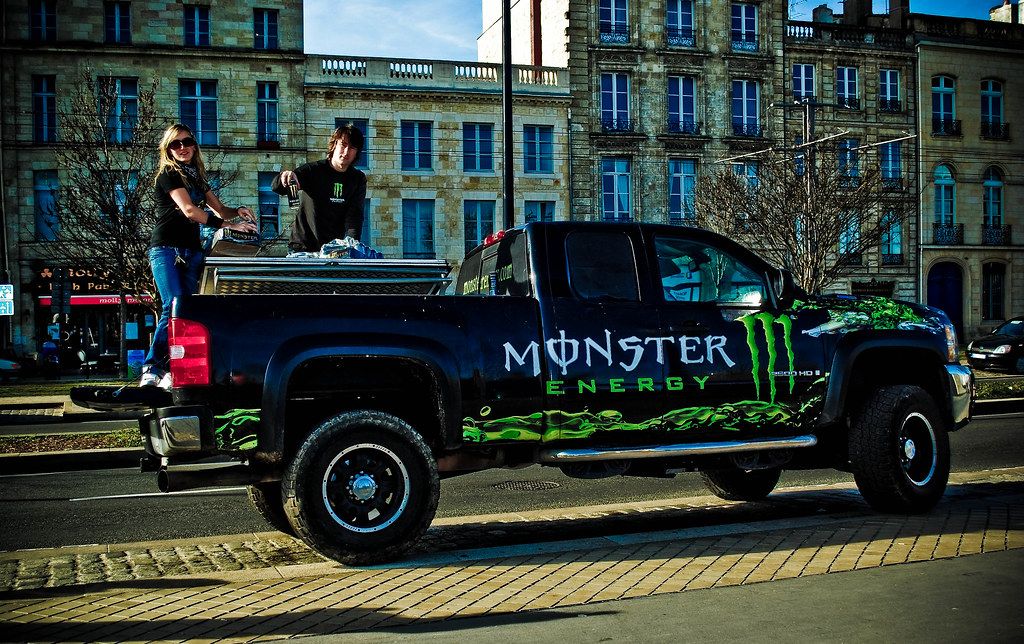
I quickly started with one energy drink per day. It looked cool, and all the athletes and pre-2010 influencers online were drinking them. I only started to fully grasp the effects of caffeine when I had withdrawals for the first time. There were days when I started to feel off, and I quickly found out that the common denominator was the absence of an energy drink. This instilled in me the idea that energy drinks made me feel better. I vowed to never miss a day. Also, I figured you can’t have too much of a good thing, so I began to drink 2 or even 3 energy drinks per day. Every day my brain function looked more like a sine function: bouncing from fried to ultra-stimulated. My crew and I sometimes ran out of money, but that didn’t matter. We always found a way to get our fix. I reckon my daily consumption ranged from 400-800 mg per day. About 3-6x the recommended dosage of caffeine.
My abuse of caffeine reached a climax when I met Mr. Hyde. He was this crazy guy who I met at the local YMCA. He told me I should workout with him to get jacked. He would show me the way. All I had to do was go to GMC and buy this powder.
Mr. Hyde was in fact not a person, but a popular pre-workout at the time. I don’t remember how I learned about it, but it was supposed to be the highest stim pre-workout available: 420mg of caffeine, beta-alanine for tingles, and a host of other stims (including amphetamine analogues). Just the right pre-workout for me. I remember reading that you had to be 18 years or older to buy it, but most GMC/Vitamin Shoppe stores would still sell it to kids. The first store I went to did not hand it over, but the second one did, stuffing free sample test boosters in my hand as I left the store.
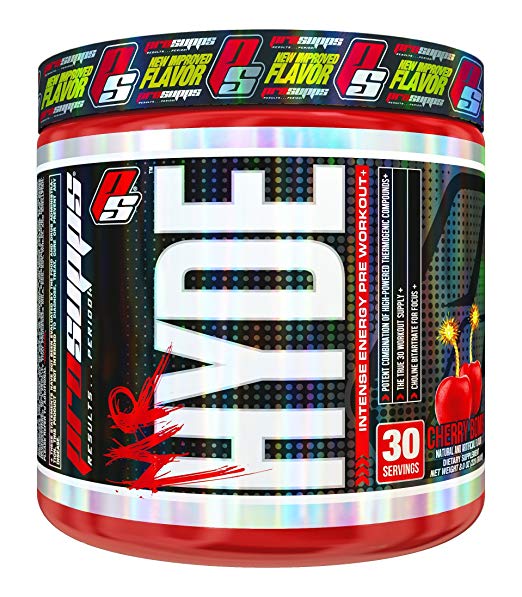
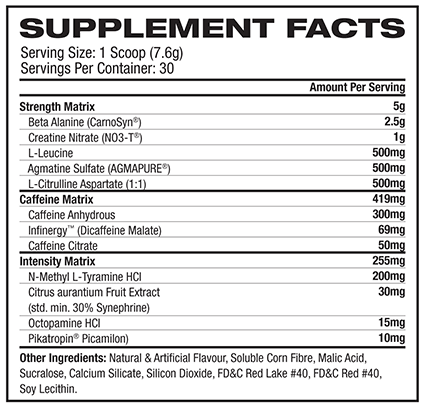
Mr. Hyde original formulation
I vividly remember my first scoop of Mr. Hyde. It hit me like a truck. It was too much caffeine, and the beta-alanine was insane. Over time, as with many things, I would get used to it. At this point, I was taking in a gram of caffeine a day. Sometimes more because I would take a double scoop of Mr. Hyde. Remember, I was a skinny teenager at this point. I probably did some irreversible damage to my adrenals and other parts of my body. I maintained this abuse for about a year until I decided I had gone overboard and needed to quit all of these high-stim drinks.
I decided I should be a straight shooter and just drink coffee. I was still consuming a ton of caffeine, but I was managing things better. I was probably drinking 2 to 3 24 oz thermoses of coffee per day, so 600-900mg of caffeine. This got me through the rest of high school.
In college, I would continue to drink coffee. I would have one thermos of coffee per day and a 200mg tablet of caffeine in the afternoon. This reduced my intake to about 500mg. Even at this dosage, I had sweats, jitters, and anxiety. I reduced my intake again to 16oz of coffee in the morning with a 200mg tablet of caffeine. Eventually, I phased out the tablet and would have anywhere from 16oz-32oz of coffee per day. Usually, I drank iced coffee, and I never kept coffee at home. Finally, my intake had come down to a reasonable level at least by most peoples’ standards: 200-400mg per day. I did notice that I never intended to have coffee in the afternoon, but I could not get my work done without it. I remember going to the library and needing a coffee to complete my studies. Once I had the coffee, I was good to go. Something about the dependence did not sit right with me. Still, I was a far cry away from the degeneracy of my early teens, so there was some improvement.
How It’s Going
In March 2020, Covid-19 would cause a cascade of lockdowns. Most significantly, the lockdowns led me to work from home. I continued with my normal habits as I usually would. Figuring this would be short-lived. I continued to drink alcohol and coffee. As I was bebopping around the internet, I stumbled across minimalism, asceticism, and some other similar communities. For better or worse, I began questioning my lifestyle. I wondered if I was living my truth. All that hippy good stuff. I decided to make a few lifestyle changes at this point: no caffeine, no alcohol, no social media, and some others. Some might refer to this as Monk Mode. I went cold turkey. No more caffeine. I went through withdrawals for about two weeks, and then my body evened out. Maybe barring some chocolate chips in a Clif Bar, I have not had caffeine since. Over 2 and a half years of caffeine abstinence.
So, how does it feel to be caffeine free? I’ll keep it short. It’s nice not relying on a substance every day. I don’t need to get my fix in the morning. I also can sit down and do work without it. Any time of day, I can sit down at my desk and get my work done. You can pull all-nighters if you must. I even stayed awake for 36 hours without caffeine.
In sum, the highs are not so high and the lows are not so low. There is a steadiness to caffeine abstinence.
Now What
So what gives? Everything seems to be going well. Why not just continue this decaf path? Well, I’ve recently started to question my decision about caffeine for a few reasons. First, the scientific literature supports the physical and mental performance advantages of taking caffeine. Research also shows that there are some other health benefits of caffeine—provided you use it moderately and it has no negative effect on your sleep. I strive for optimization, so I would be foolhardy to disregard a substance that can make me better. Also, I don’t know if this is correlation or not, but life seemed to be slightly brighter while using caffeine. Maybe I’m just chasing the high, but maybe there is something to it.
Benefits of Caffeine
So far, we have discussed problems with caffeine, and why I ultimately quit. So what are the specific benefits drawing me back to it? This section will be primarily based on two sources of information that I recently reviewed: Huberman Lab Podcast 101 and Caffeine: How Caffeine Created the Modern World by Michael Pollan. I highly recommend the Huberman podcast for a concise summary of the science. Pollan’s book offers a short historical and personal account of caffeine.
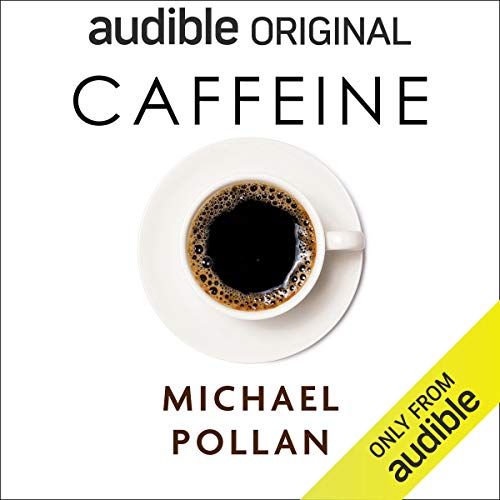
As I said, research shows caffeine (in recommended doses of 1-3mg per kilogram of body weight) has significant advantages for performance. Reaction time, coordination, memory, mood, power output, and endurance have positive relationships with caffeine. Some of these positive effects can be seen in western civilization when coffee and tea entered the diets of Europeans. Pollan claims this fueled a rational era that led to innovation and industrialization. Benefits also include neuroprotective effects (e.g., lower incidence of Alzheimer’s and dementia). I found it particularly interesting that caffeine is most useful for memory when taken after (not before) studying. There is a relationship with the adrenaline system that allows for better retention.
Some Other Notes on Caffeine
Pros
- Useful for repetitive tasks
- Pollan talks about his affinity for organizing and doing other such tasks when he first broke from his abstention from caffeine.
- Caffeine is a powerful reinforcer
- This means that it can make things associated with its consumption feel good
- This is both a pro and a con. It can cause unwanted habits, but it can also make things that you don’t like more enjoyable. This is why some people enjoy the process of making their morning coffee.
- For example, people that don’t enjoy working out should try dosing caffeine when they exercise. Over time, they will have positive associations with the activity.
- Reaction time, coordination, memory, motivation mood, power output, and endurance have positive relationships with caffeine
Cons
- Quarter life 12 hrs.
- This means that ¼ of the caffeine content you ingested 12 hours ago is still circulating in your body. This can have negative effects on sleep.
- No sleep researchers consume caffeine
- Not a con of caffeine, per se, but it is illuminating. Pollan notes that all the sleep researchers he interviewed for his book did not personally consume caffeine.
- Effects on sleep
- Baseline argument
- If not properly administered, caffeine will not optimize your functioning. Rather, it will just maintain a baseline for you with more complications than if you did not use any caffeine at all.
- Might as well just abstain
- Side effects
- Anxiety, poor sleep, sweats, jitters, stress, GI, etc.
Guidance/Uses
- No matter what, do not let caffeine affect sleep
- Not everyone will respond well to caffeine. If you fall into this group, I suggest avoiding the substance. The only way to truly tell is through experimentation. As with most health related things, N=1. An academic study does not always prove what will work for you.
- No caffeine in the 12 hours before bed
- Take Caffeine 90-120 mins after waking
- Spikes cortisol, which is good for mood and alertness. Also limits deleterious effects on sleep.
- Take caffeine with l-theanine to take the edge off
- A 2:1 ratio of l-theanine to caffeine is the standard dosing
- 1-3 mg of caffeine per kg of bodyweight
- More than that is unnecessary and potentially harmful
- Period of abstinence results in the most potency
- Take caffeine after learning/memorization to increase retention
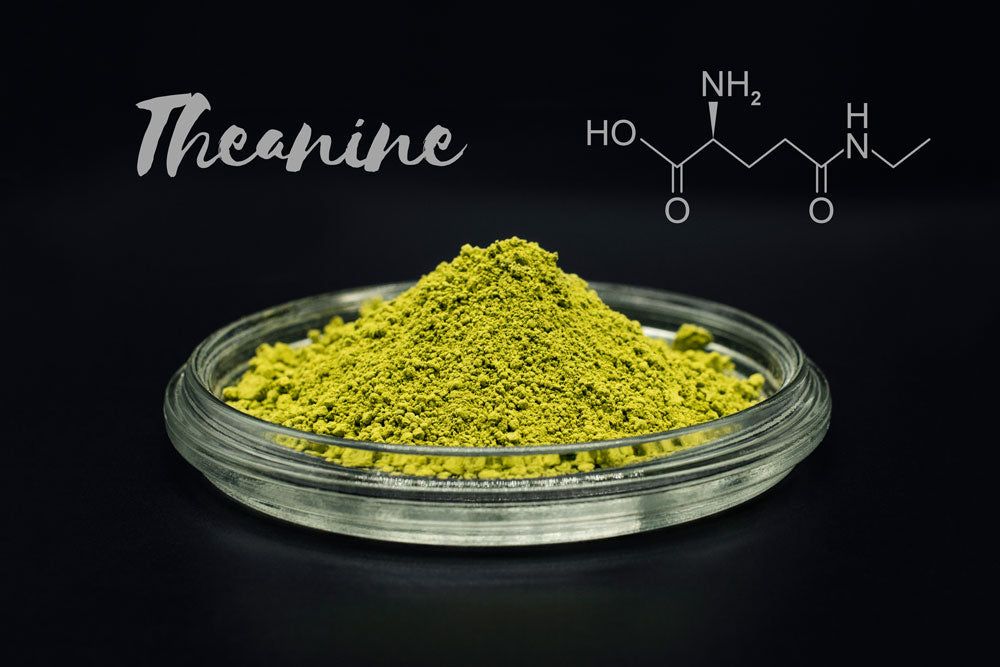
You can use the links to access the studies that I am referring to, but to me, it seems clear that caffeine is a useful substance when taken at proper doses with a proper scheduling protocol. Unfortunately, most people do not use it optimally. Most people use caffeine in such a way that they would be better off without it. They do not adhere to sound dosing and scheduling.
I suppose I should come up with some possible caffeine protocols and see if any look realistic for me to use. At this point, I’m still not committed to using it.
Protocols for Caffeine
Unless otherwise specified, protocols are based on the 1-3mg of caffeine per kg of bodyweight
Protocol 1: No caffeine
- This is an ideal protocol for those who cannot healthily manage caffeine. I also recommend using this protocol periodically to reset your tolerance.
Protocol 2: 100mg per day
- This protocol is what I would recommend for the average person. It allows you to engage in coffee culture and not be an outsider. 1 cup of coffee is about 100mg of caffeine. However, the protocol will develop dependency.
Protocol 3: 50-80mg per day
- I recommend this protocol for people that want to drink green tea—permitting 1-2 cups. Again, you will establish a dependency, but it should not be as severe as using larger quantities of caffeine.
Protocol 4: 2 days on, 5 days off
- This protocol uses caffeine as a special treat. It does not optimize but should avoid dependency. Maybe use it during the busiest days of the week or recreationally on the weekend.
Protocol 5: Once per week
- Like protocol 4 this does not reap optimal benefits.
Protocol 6: Twice per week
- I don’t mind this protocol. If I ran it, I would probably allow myself 100mg of caffeine every 3 days or so. Provides some small spikes throughout the week.
Protocol 7: Linear Periodization, sourced from reddit
- Schedule 1
1-2x a week for two weeks
Once every 3 days for three weeks
Every other day for two weeks
1 week off (then repeat)
- Schedule 2
Once every 3 days for three weeks
Every other day/every day for one week
1-2x a week for two weeks
I think this protocol makes a lot of sense from an optimization standpoint. It allows you to become caffeine adapted without becoming dependent. This allows you to utilize caffeine as a PED before specific tasks like an exam or race.
Protocol 8: Micro-dosing (10-20mg caffeine per day)
- While this isn’t an ideal dose for energy purposes, it might provide some of the benefits of caffeine. You could do this by taking pills or a powder, but I see micro-dosing as ideal for people that want to drink coffee but want to get unhooked from caffeine. So here, micro-dosing is the equivalent to having a few cups of decaf coffee per day. A fair protocol, but not a great method for biohacking. I would really only use this if you want to drink something hot that isn’t herbal tea.
Protocol 9: Every other day
- This protocol sucks. You will have too many swings day to day. I see this resulting in everyday use.
Protocol 10: Every three days
- Like protocol 6, I see this being a simple, yet effective method of consumption.
Protocol 11: Cycle stims
- Using this protocol, you look to other drugs as well as caffeine to provide the desired stimulatory effect. You can cycle different stims for different days. You might consider using nicotine, modafinil, citarvarin, DMAA, etc. Maybe day 1 is 100mg caffeine, day 2 is 1mg nicotine, and day 3 is 100mg modafinil.
Decision
Will I use caffeine or not? In the short term, I think I will. The only way I can figure out what works best for me is through experimentation. Remember for biohacking purposes, N=1. I need to run trials. I ran the trial of heavy abuse. I also ran the trial of abstinence. Now, I need to try some intentional protocols to see if any of those work better than abstinence.
So, yes, I will start methodically using caffeine again.
Protocol 6, Protocol 7, Protocol 8, and Protocol 11 seemed to resonate the most with my goals.
Protocol 11 is too complicated for me right now. So, I will take that off the table. Protocol 8 is the fun, lazy approach. Maybe I’ll do this when I have more things on my plate. It does not optimize. For that reason, I’m out. Protocol 6 is reasonable, and I think could be a long-term solution because it requires little effort. Protocol 7 conveniently includes Protocol 6 within it, and it uses different dosing frequencies. I think Protocol 7 makes the most sense from an optimization standpoint. I like how it maintains a random factor (from your body’s perspective). For your body to maximize the effect of the dopamine response and avoid dependency, this helps significantly.
I will run Protocol 7 first. For the initial cycle, I will run it using 50mg of caffeine because I am not caffeine adapted and want to ease my way into it. 50 mg of caffeine is hard to find, so I will use these 100mg pills and cut them in half. I will experiment with using 100-200mg of l-theanine with my caffeine. If I run future cycles, I might allow myself higher doses occasionally because those will allow me to buy a coffee at the store. (I will probably limit myself to 6oz from large chains like McDonald’s and Starbucks because they have more standardized practices compared to independent shops). A small Starbucks coffee has just under 200mg of caffeine. Drinking coffee will allow me to see if I notice any differences between delivery mechanisms. Ingestion will take place 90-120 minutes after waking for maximum benefit.
After two to three months of data collection, I will evaluate the pros and cons of my caffeine experience. You can look forward to a shorter check-in.
